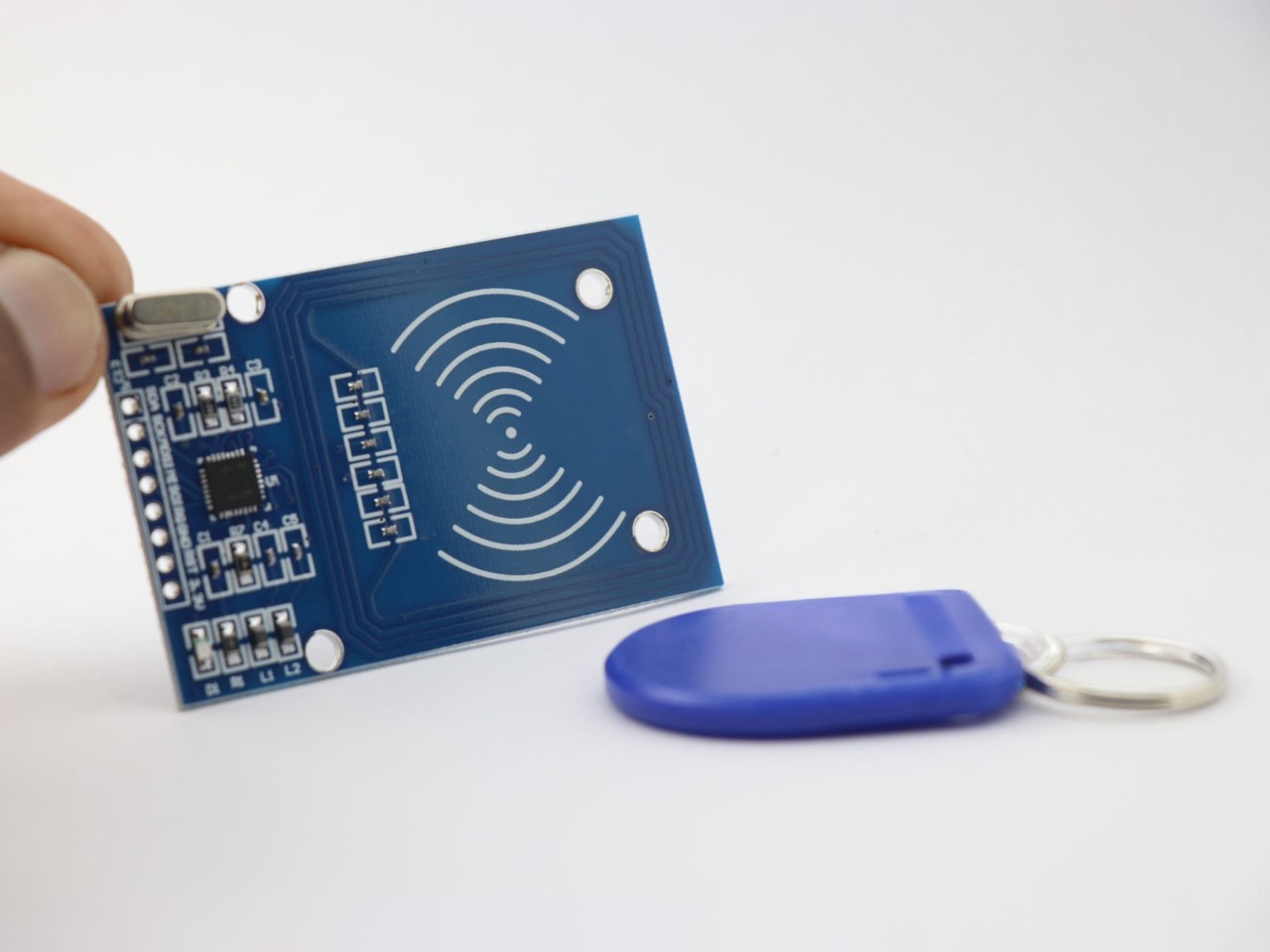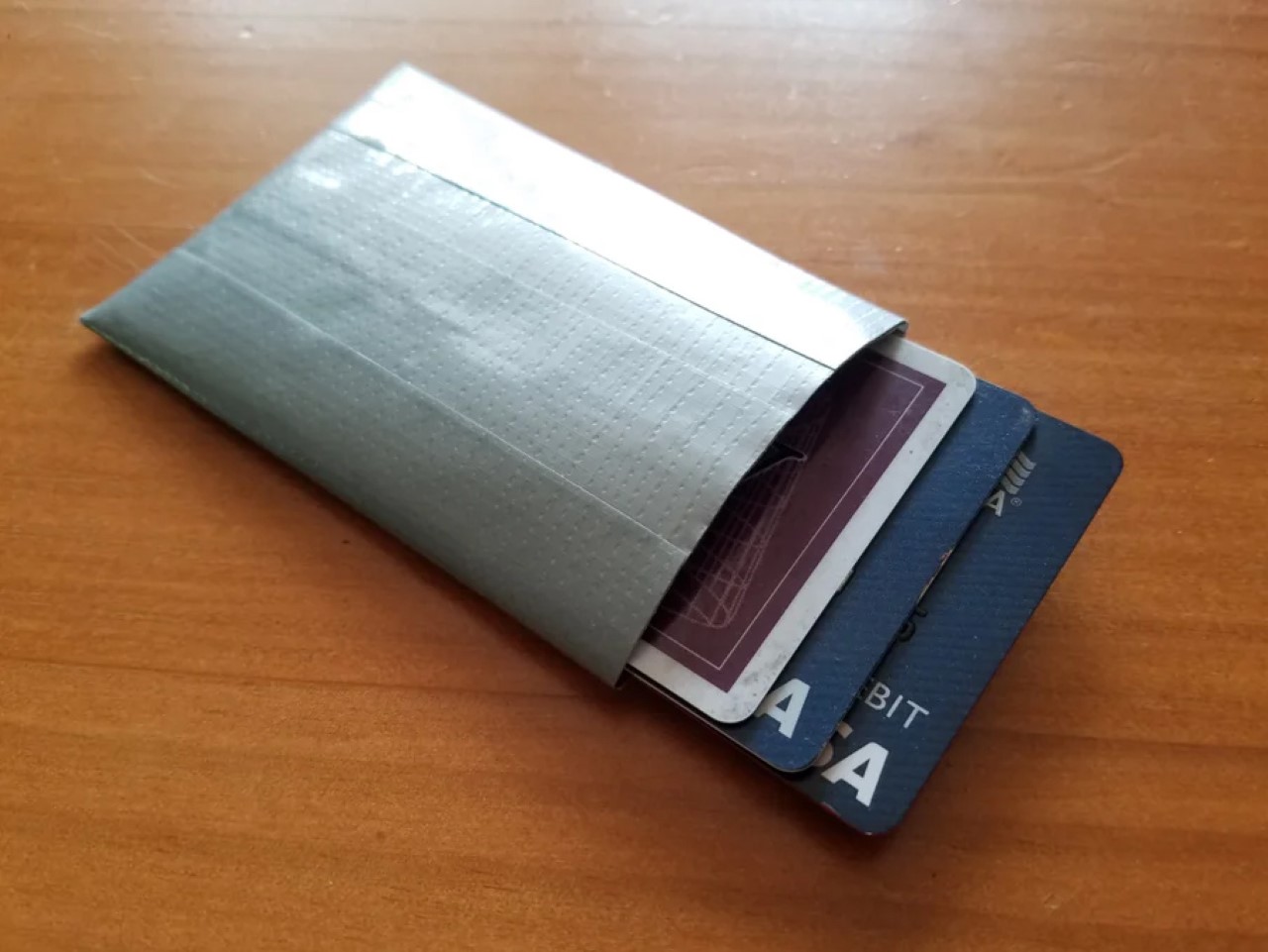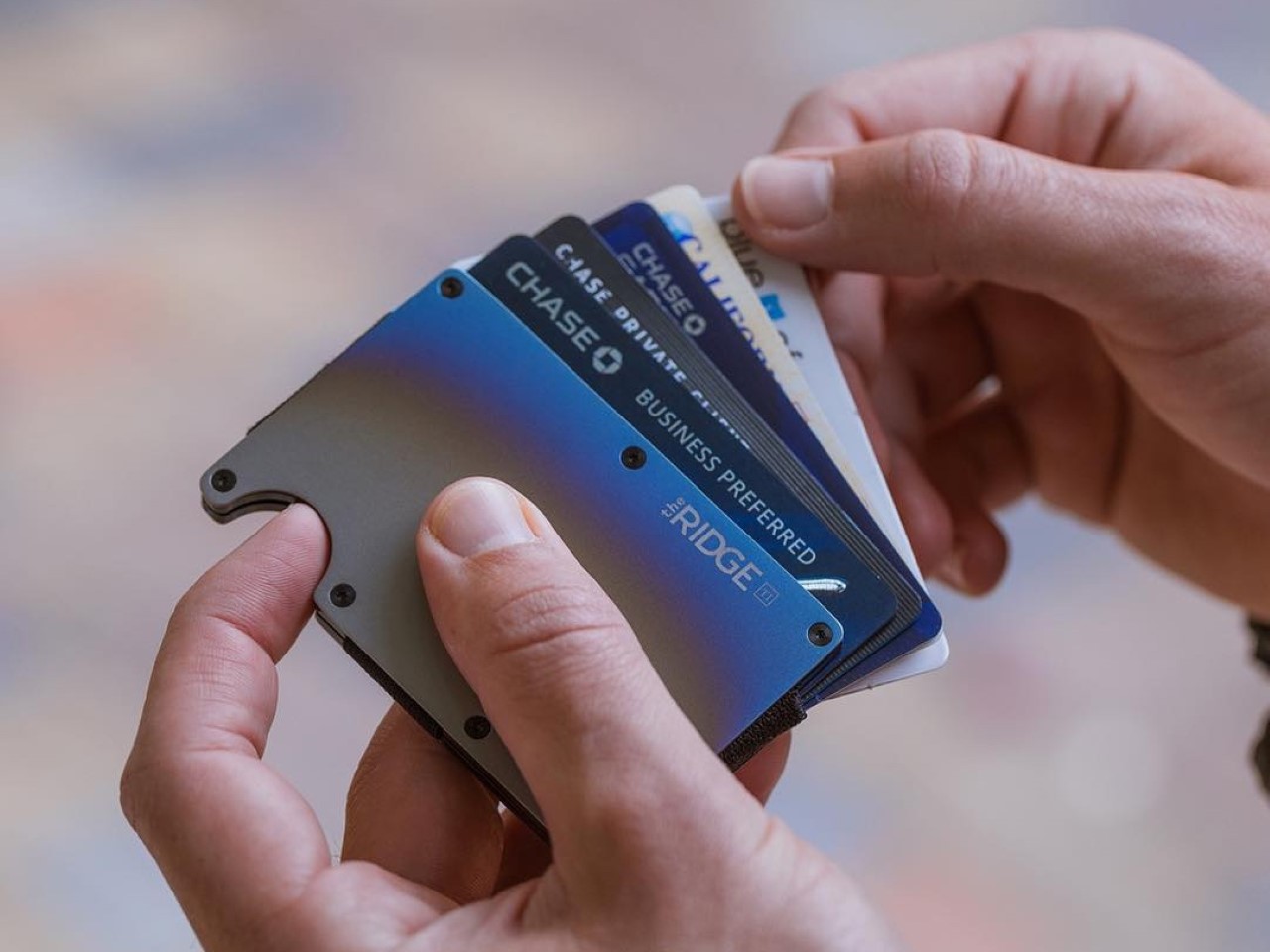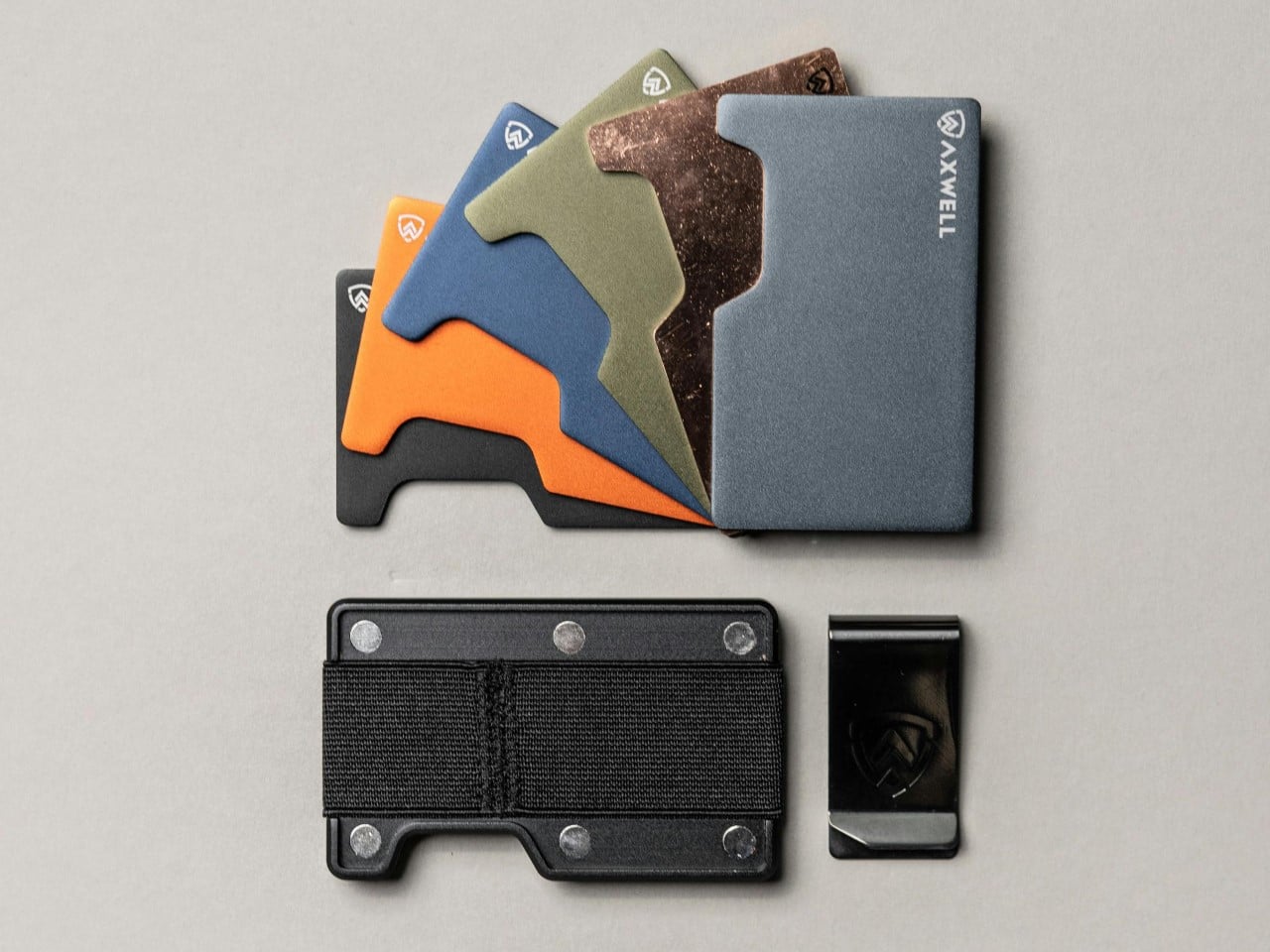How To Turn Your Existing Wallet Into An RFID-Blocking Wallet (For Free)

Table of Contents

RFID has managed to find itself in almost every aspect of our lives. It’s in the cards we use to make payments, it’s in our phones and watches, enabling tap-based authentication, it’s in those subway or metro cards/tokens you use to get in and out of stations, you’ll even see it in hotel keycards. It’s convenient, allowing you to tap your way through life with confidence – but it’s also scary, because it’s a lot more prone to accidental activation than something more deliberate like putting in a PIN or a password. Tap your card on the wrong terminal and it can take your cash or worse, your card’s information. The scariest part is that someone can tap your card even when it’s securely in your wallet. Sounds mighty scary, doesn’t it?
Modern wallets are evolving to keep up, but most still lag behind. That luxurious leather bifold you’ve had for years? Probably as permeable to radio frequencies as a wet paper towel. And while the risk of RFID skimming isn’t call-your-senator-panic-worthy, it is real, and becoming increasingly cheap and easy for bad actors to exploit. But here’s the good part: you don’t need to toss your old wallet into the trash or buy something that looks like it came off a tactical belt. There are a bunch of smarter ways forward.
What Exactly Is RFID and Why Should You Care?


RFID stands for Radio Frequency Identification, and it’s everywhere. Your credit cards, ID badges, keycards, even some driver’s licenses and passports. It works by embedding a tiny chip that communicates via electromagnetic waves, specifically, at 13.56 MHz for most consumer-grade cards. When a reader sends out a signal at that frequency, the chip responds with its data. That’s what makes tap-to-pay and keyless entry possible.
The trouble is that the same signal can be picked up by anyone with a $20 reader from eBay. There’s no password, no approval – just radio waves and proximity. Think of it like shouting your credit card number across a room and hoping nobody’s listening. The actual risk? Small, but not negligible. Researchers have shown successful skimming from distances of up to a few inches through bags and pockets. Enough for a bump-and-run thief on a crowded subway to grab your info without breaking stride. Digital theft without picking your pocket.
Why RFID-Blocking Matters in 2025


RFID works when your card taps against a terminal. But picture this – what if the terminal taps against your card while it’s in your wallet or bag? It could potentially scan your card, whether you like it or not. This isn’t about paranoia – it’s about how security tech races against convenience tech, and right now, the latter is pulling ahead. RFID protection matters because it buys you peace of mind. Sure, banks might reimburse fraud, but digital identity theft involves more than just money. It involves access, impersonation, and leverage. Once someone has your credentials, they can pivot to far nastier exploits – social engineering attacks, synthetic identity creation, or even spoofing your physical access badges.
And if you’re the kind of person who carries a corporate ID, building access card, or biometric passport, the stakes are even higher. RFID-blocking wallets act like a mute button for those frequencies, silencing the broadcast until you’re ready to use them. So that you don’t fall victim to digital theft.
DIY Wallet Upgrades That Actually Work


Forget the tinfoil memes. They’re based on real physics – aluminum blocks radio waves – but you don’t need to turn your wallet into a crunchy burrito. A more refined approach is to integrate RFID-blocking fabric. Look for materials that blend copper, nickel, and polyester – these form a conductive mesh that disrupts the 13.56 MHz signal range effectively. You can buy small sheets for under $10 and cut them to fit inside your wallet compartments or linings.
Installation is a matter of craft, not engineering. Glue it between layers of the wallet, stitch it behind your card slots, or sandwich it between thin leather sheets if you’re reworking a flap. You don’t need full coverage, just enough to shield the cards when closed. Think of it like creating a localized Faraday cage that only activates when your wallet is shut. Done right, it’ll look indistinguishable from a factory-made RFID wallet – only smarter because you did it yourself. Alternatively, a card sleeve made from aluminum foil and duct tape is a nice, free, MaGyvered solution that does the job too (here’s a DIY guide)
Smart Inserts: A No-Hack, High-Tech Fix


If modding leather isn’t your thing, there’s a cleaner solution: RFID-blocking inserts. These are slim cards or sleeves made from conductive materials, designed to live right next to your actual cards. The best ones use layered nanometal composites and can block signals up to 30mm away, which is more than enough for a standard wallet thickness.
Even smarter are active RFID jamming cards. These aren’t passive barriers – they pulse back an interfering signal when hit with an RFID scanner, creating electromagnetic noise that confuses and blocks any reader in the vicinity. They’re powered by the same induction tech that the scanner uses, so no batteries required. Drop one into your wallet, and every card within range gets an instant security upgrade. Brands like Silent Pocket and Ekster have solid options that blend clean aesthetics with serious blocking power.
Best Wallets That Do It All


Of course, if you’re in the market for a new carry, there are wallets built from the ground up with RFID shielding baked in. The Bellroy Hide & Seek uses RFID-protected leather for the internal compartments, shielding up to 6 cards without adding bulk. It looks like a classic bifold but hides a stealth layer of security. For minimalists, the Ridge Wallet uses aluminum or titanium plating to create an inherent RFID-blocking shell, and its money clip actually feels purposeful, not like an afterthought.
For something less tactical and more refined, look at Secrid’s card protectors. These are engineered aluminum sleeves that eject your cards in a cascading stack with the push of a button. They’re compact, satisfyingly mechanical, and naturally block RFID. Combine one with a leather wrap, and you’ve got both form and function in one hand.
The Bottom Line: Privacy Is a Design Choice


RFID threats aren’t going to define the decade, but they’re a clear indicator of where the line between digital and physical is starting to blur. You can’t see radio waves, but your data lives inside them. That’s a vulnerability too subtle to ignore. Whether you retrofit your current wallet with a sheet of metal-infused fabric, pop in a signal-jamming insert, or spring for a new build that thinks like a Faraday cage, the point is the same: make the decision to be less visible.
Design is about intention. And in a world full of wireless everything, invisibility is a power move. So make your wallet smarter – not by replacing it, but by evolving it. Your cards will thank you. Your future self will, too.
Sarang Sheth
If you liked the article, do not forget to share it with your friends. Follow us on Google News too, click on the star and choose us from your favorites.
If you want to read more like this article, you can visit our Technology category.




